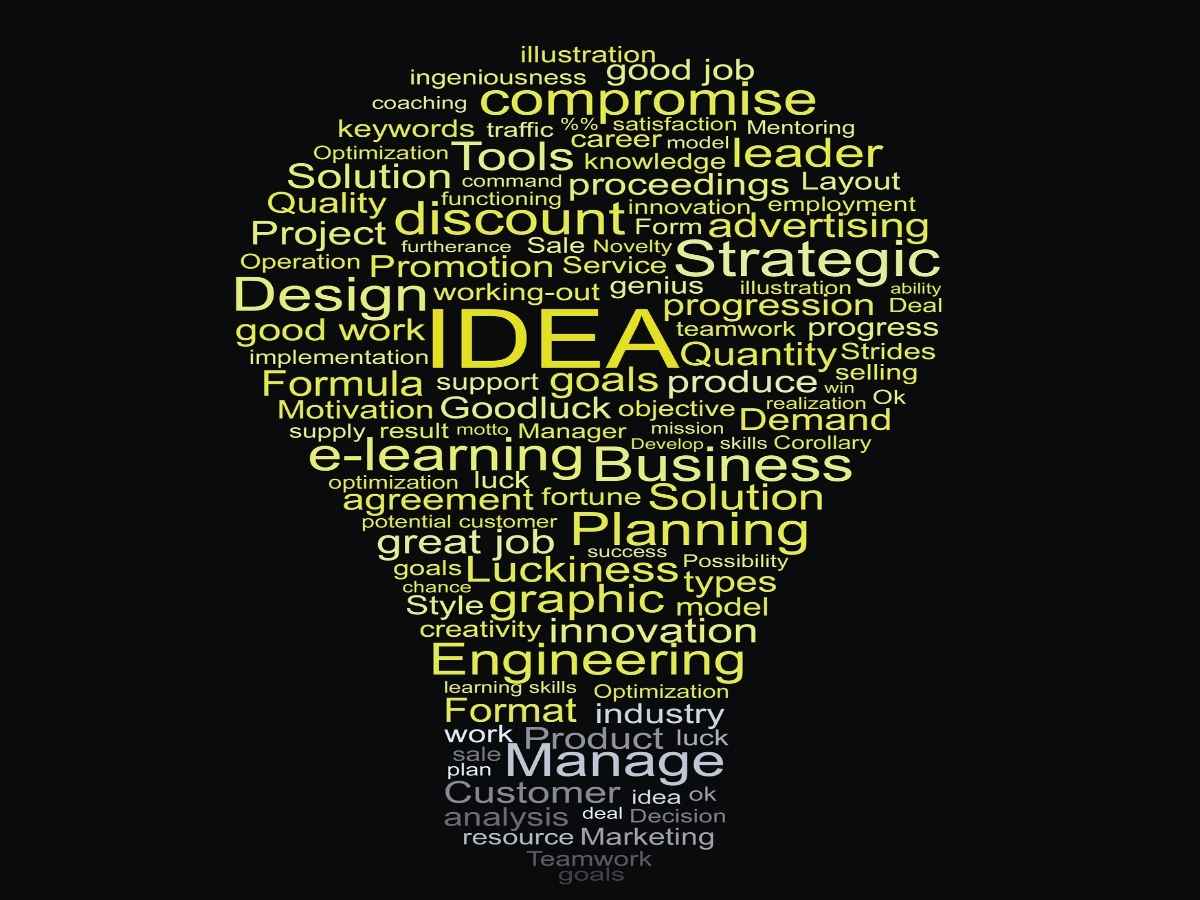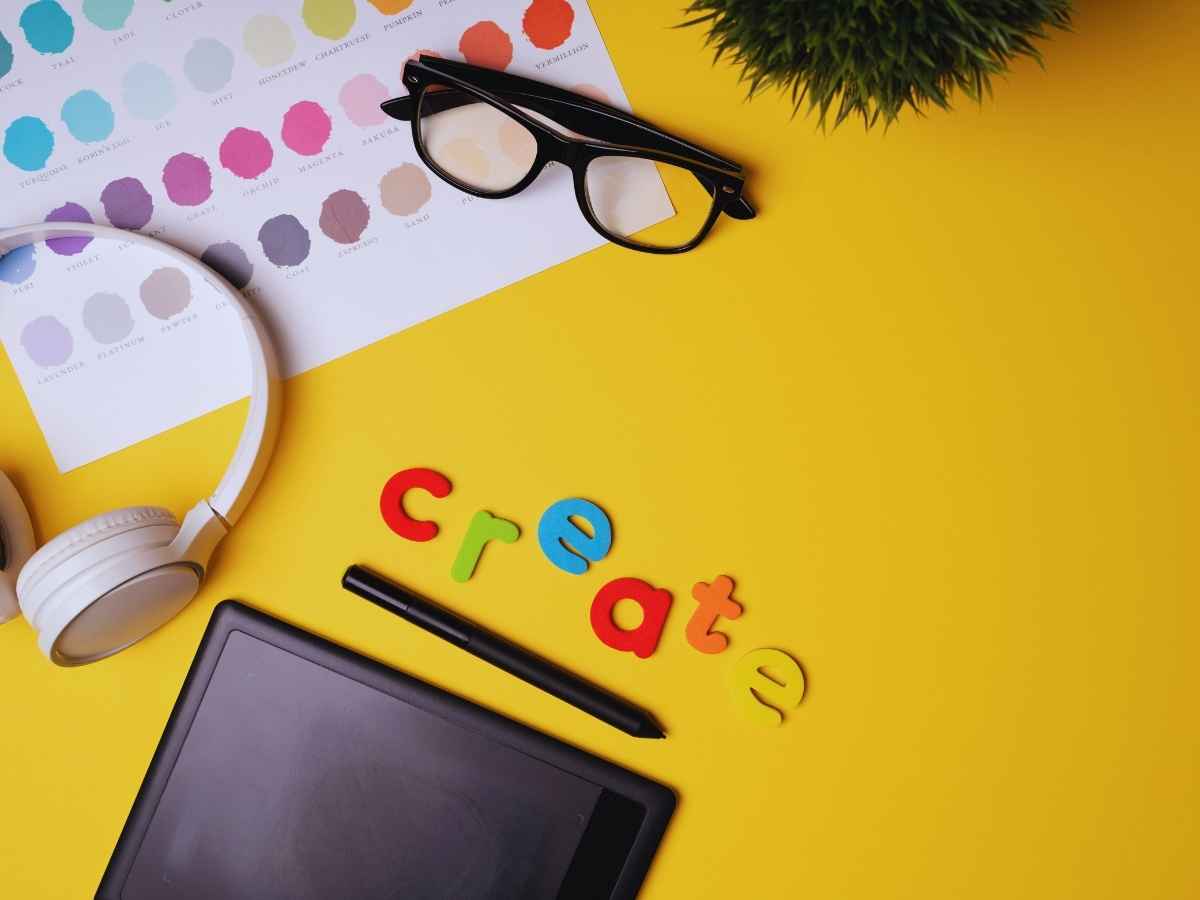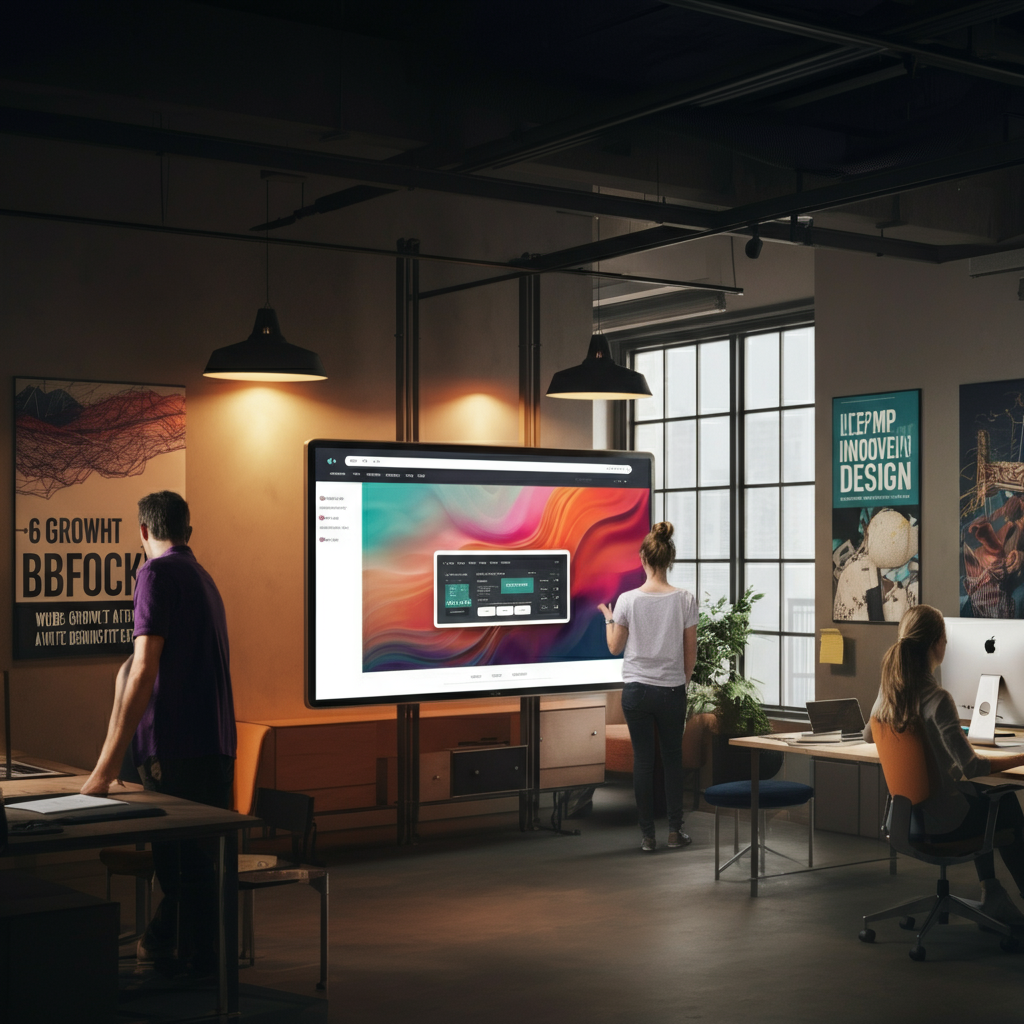Typography isn’t just about making text readable. It’s an art form that holds the power to elevate graphic design, communicate a brand’s voice, and make content unforgettable. Whether you’re designing a logo, a website, or a marketing campaign, mastering typography is central to success.
If you’re wondering, “Why does typography matter in graphic design?” this post breaks it all down. You’ll learn how typography impacts visual hierarchy, branding, and emotional resonance, and discover practical tips on choosing and pairing fonts. Get ready to see how the right type choices can transform your designs!
What Is Typography
Typography is the skillful arrangement of type to make written language legible, visually appealing, and emotionally impactful. It’s all about choosing typefaces, spacing, font sizes, and other design elements to convey your message effectively.
A crucial distinction to keep in mind? The terms “typeface” and “font” aren’t interchangeable. A typeface is a family of fonts (e.g., Proxima Nova), while a font is a specific style within that family (e.g., Proxima Nova Bold).
Typography’s role extends beyond aesthetics. It profoundly influences how readers perceive your message, brand, and hierarchy of information.

Why Typography Matters in Graphic Design
1. Builds Visual Hierarchy
When the human eye encounters a design, it subconsciously categorizes information by importance. Typography guides this process, with larger headings or bold fonts distinguishing key points.
For example, think of a billboard. The bold slogan grabs attention first, followed by a smaller call-to-action. Typography creates a seamless pathway that leads the viewer toward understanding the intended message.
2. Enhances Brand Identity
Take a moment and imagine Coca-Cola’s curvy script font or Google’s minimalist sans-serif typeface. These brands wouldn’t be as iconic without strategically chosen typography.
Typography embodies a brand’s tone and values. Whether your business is fun and playful or sleek and professional, your choice of typeface reinforces that identity.
3. Invokes Emotion and Personality
Typography shapes how viewers feel about your design. A playful handwritten font evokes fun and creativity, while a sleek, modern sans-serif conveys sophistication. This emotional resonance can strongly influence how a brand or message is perceived.
For instance, a children’s book cover typically uses warm, bubbly fonts to feel approachable, while finance websites utilize clean, structured text to convey trust.

4. Improves Legibility and Readability
Typography directly impacts how easy content is to read and follow. Poor font choices, awkward spacing, or low color contrast make reading a challenge for the viewer. Consistent typography principles ensure that important details aren’t lost—even in complex layouts.
5. Creates Consistency Across Platforms
Whether it’s used in social media graphics, websites, or printed flyers, consistent typography helps build visual brand recognition.
How to Use Typography Like a Pro
Mastering typography might seem daunting, but with these actionable steps, you’ll be on your way to creating memorable designs.
Select Fonts That Align With Your Brand
Start with typefaces that match the mood and values of your project. Is the tone serious and corporate? Lighthearted and creative? For example:
- Serif fonts convey authority and tradition.
- Sans-serifs feel modern and minimalistic.
- Script fonts evoke elegance or creativity.
Pair Fonts Strategically
Choose fonts that either contrast with or complement each other. A safe approach is pairing a serif font for headings with a sans-serif for body text. Whatever you choose, ensure the text remains visually distinct.
Tip: Avoid combining fonts that are almost identical. The lack of contrast can make your design look unpolished.
Keep Readability Front and Center
No matter how stylish a font looks, it must remain functional. Use clear font sizes (at least 16px for body text in digital use), proper spacing, and high contrast between text and background colors.
Establish a Typographic Hierarchy
Define clear distinctions between headings, subheadings, and body text. Use bold or oversized fonts for attention-grabbing titles. Subheadings and body text can be lighter but consistent across the design.
Use White Space Wisely
Typography doesn’t live in isolation. Adequate white space around text ensures the design feels balanced and avoids overwhelming the viewer.

Examples of Typography in Branding
Want inspiration? Check out these masterful uses of typography in branding.
- Spotify uses clean sans-serif typography, reflecting modernity and simplicity while appealing to its dynamic audience.
- New York Times pairs sharp serif fonts with refined layouts, underscoring journalistic tradition and reliability.
- Disney’s whimsical font immediately conveys playfulness, nostalgia, and imagination.
Common Typography Mistakes to Avoid
- Overloading with Fonts: Stick to 2-3 fonts maximum per design to maintain clarity.
- Ignoring Legibility: Thin or overly decorative fonts might look attractive but are hard to read in smaller sizes.
- Disregarding Contrast: Light gray text on a white background? Skip it! Your audience shouldn’t have to squint to read your design.
Elevate Your Typography Knowledge
Typography is at the heart of every successful graphic design. From visual hierarchy to emotional appeal, effective type choices make text more than words on a page.
Want to take your typography and design skills to the next level? Enroll in our free typography mastery workshop and learn everything from font pairing to advanced layouts.





